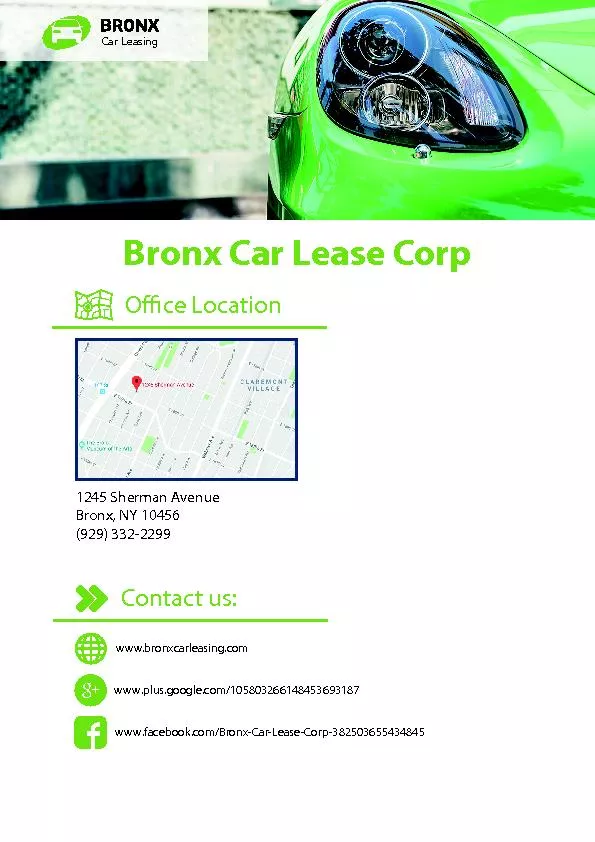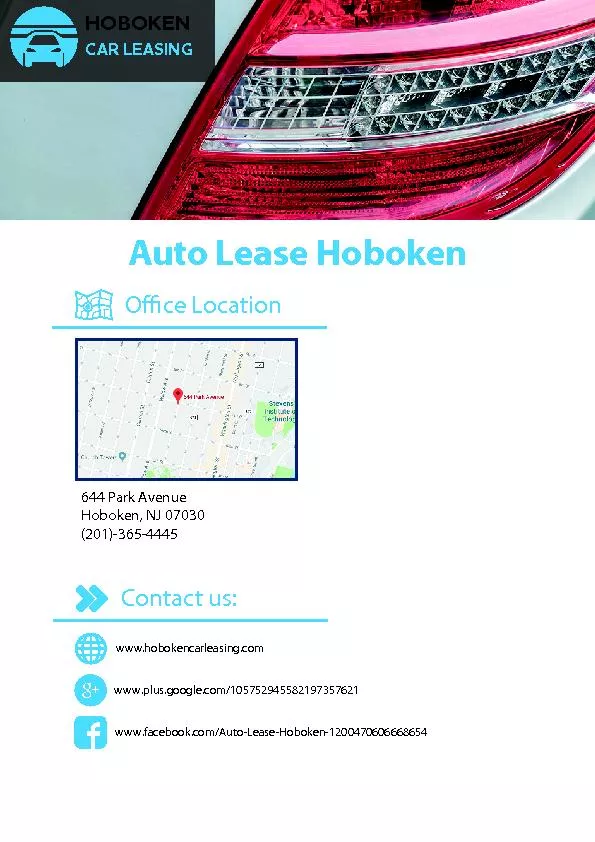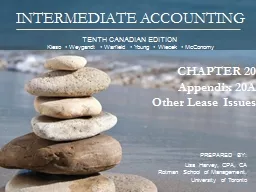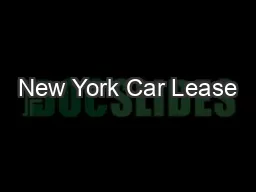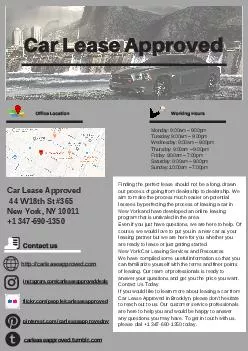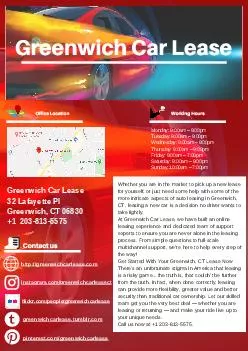PPT-Lease-Leaseback and the Latest Word on Construction Delivery
Author : tawny-fly | Published Date : 2019-02-19
Methods CASBO CBO Symposium November 18 2016 Presented by Harold Freiman Megan Macy 2 What We Will Cover LeaseLeaseback Multiple Prime DesignBuild Construction
Presentation Embed Code
Download Presentation
Download Presentation The PPT/PDF document "Lease-Leaseback and the Latest Word on C..." is the property of its rightful owner. Permission is granted to download and print the materials on this website for personal, non-commercial use only, and to display it on your personal computer provided you do not modify the materials and that you retain all copyright notices contained in the materials. By downloading content from our website, you accept the terms of this agreement.
Lease-Leaseback and the Latest Word on Construction Delivery: Transcript
Download Rules Of Document
"Lease-Leaseback and the Latest Word on Construction Delivery"The content belongs to its owner. You may download and print it for personal use, without modification, and keep all copyright notices. By downloading, you agree to these terms.
Related Documents


